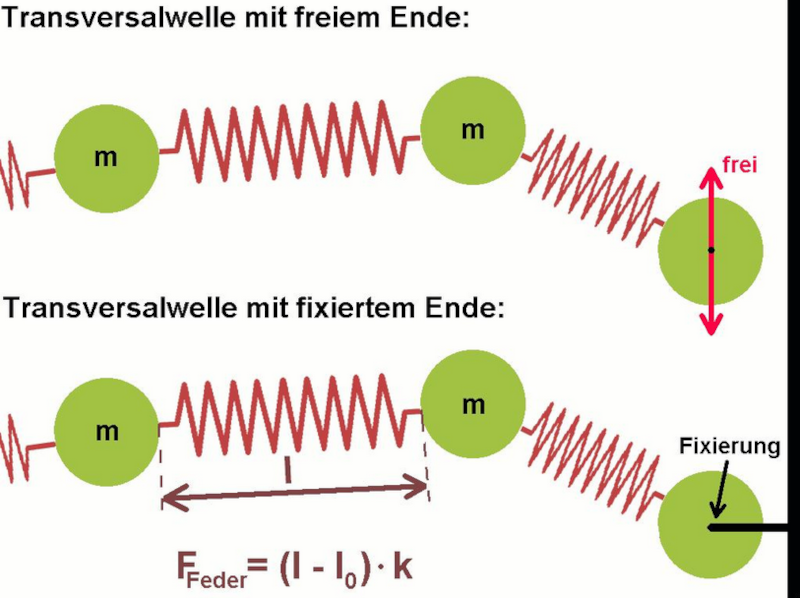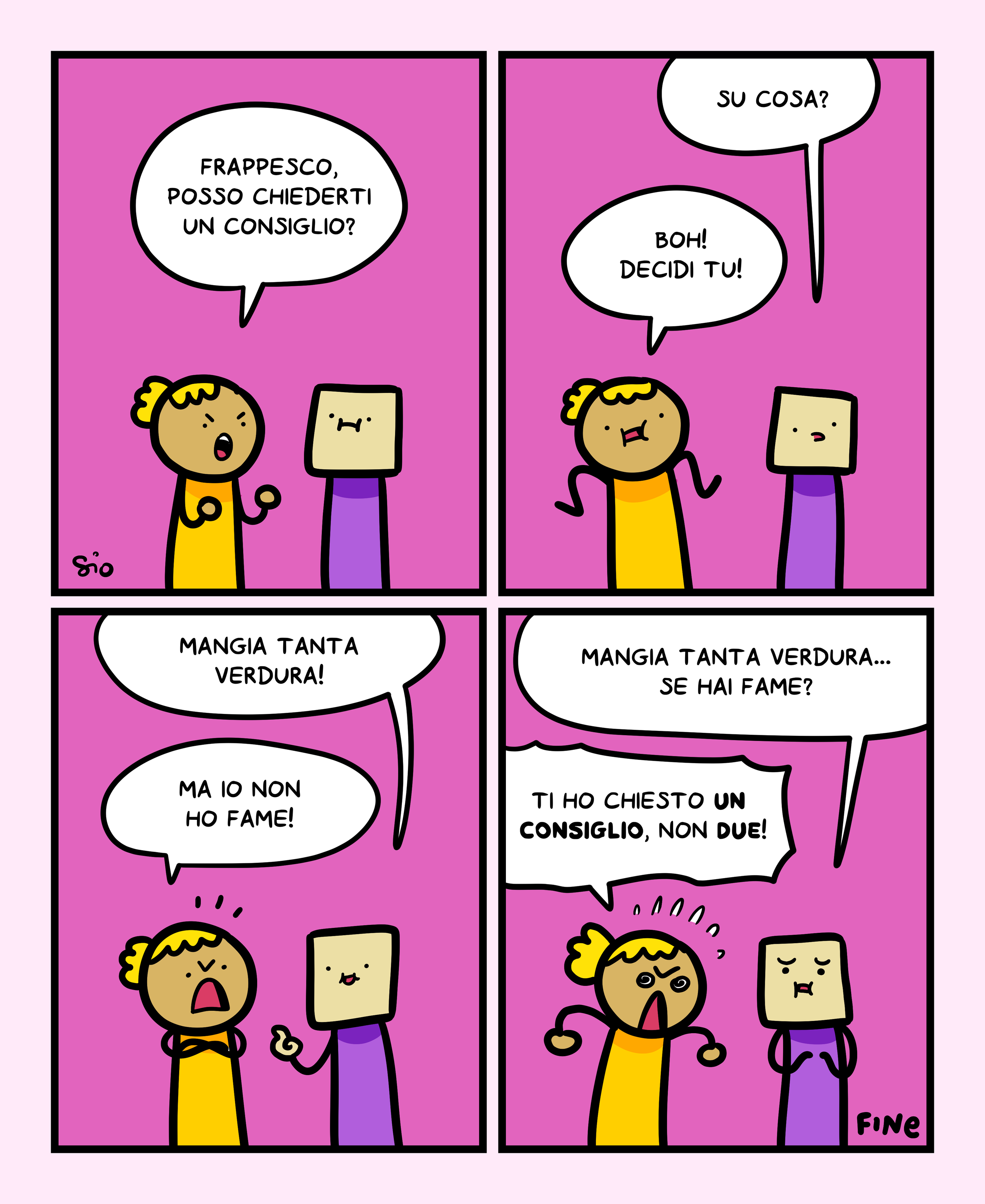Models of Wave Propagation
[Stoppi] always has interesting blog posts and videos, even when we don’t understand all the German in them. The latest? Computer simulation of wave propagation (Google Translate link), which, if nothing else, makes pretty pictures that work in any language. Check out the video below.
Luckily, most browsers will translate for you these days, or you can use a website. We’ve seen waves modeled with springs before, but between the explanations and the accompanying Turbo Pascal source code, this is worth checking out.
We can’t explain it better than [Stoppi] who writes:
The model consists of individual atoms with the mass m, which are connected to each other by springs with the spring constant k. To start, I deflect the first atom sinusoidally. According to this, the individual atoms obey Newton’s equation of motion F = m·a, whereby Hook’s spring law F = k·Δl is used for the force F. I solved these differential equations iteratively using the Euler method. The movement of the atoms is restricted in the y-direction. At the beginning, the number of atoms, their mass m and the spring constant k must be entered. In addition, you can choose between transverse or longitudinal deflection and whether you want the reflection at the free or fixed end.
Can you get better simulations? Of course. But will this help you develop more intuitive understanding? Maybe. If you are interested in simulating the physical world, don’t forget TinkerCad has added that capability.
youtube.com/embed/eAZvdjsBR8c?…


